-
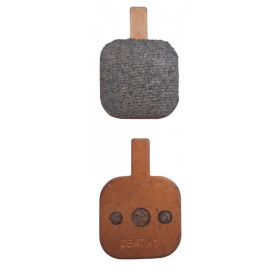 New productTektro Gemini Novela until 2003 Brake Authority 4033B brake pads
New productTektro Gemini Novela until 2003 Brake Authority 4033B brake pads- €11.90
-
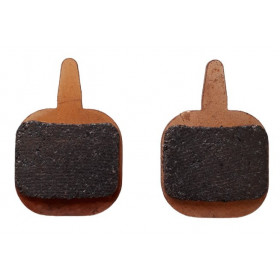 New productTektro Gemini Novela since 2003 Brake Authority 4033B brake pads
New productTektro Gemini Novela since 2003 Brake Authority 4033B brake pads- €11.90
-
 New productTektro Gemini Novela Clarks organic brake pads
New productTektro Gemini Novela Clarks organic brake pads- €5.49
-
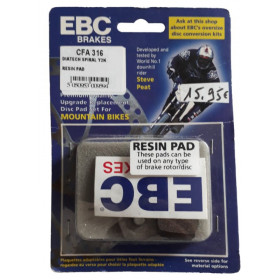 New product -40%Diatech Spiral Y2k brake pads EBC
New product -40%Diatech Spiral Y2k brake pads EBC- €9.57
- €15.95
-
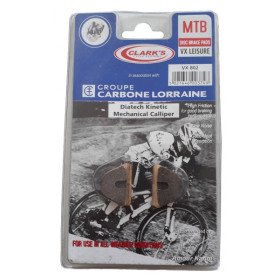 New productDiatech Kinetic mechanic disc brake pads Clark's
New productDiatech Kinetic mechanic disc brake pads Clark's- €5.99
-
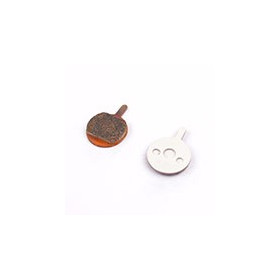 New productBrake Authority Pro Max DSK 700 brake pads
New productBrake Authority Pro Max DSK 700 brake pads- €11.90
-
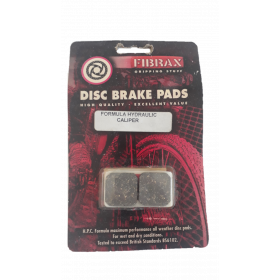 New product -50%Brake pads Fibrax Formula hydraulic caliper
New product -50%Brake pads Fibrax Formula hydraulic caliper- €6.50
- €12.99
-
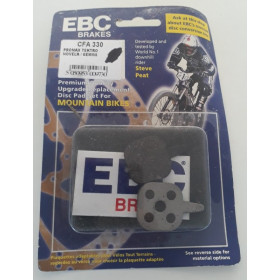 New product -50%Promax Tektro Novela Gemini EBC CFA 330 brake pads
New product -50%Promax Tektro Novela Gemini EBC CFA 330 brake pads- €5.50
- €10.99
-
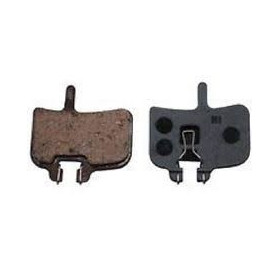 New productAtoo Hayes mechanic / Promax brake pads
New productAtoo Hayes mechanic / Promax brake pads- €10.99
-
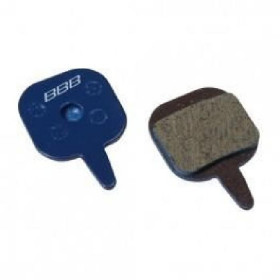 New productBBB Tektro IO Gemini Novela brake pads
New productBBB Tektro IO Gemini Novela brake pads- €10.99
Showing 1-10 of 10 item(s)
Function of road bike brake pads
Disc brake pads are essential components of the braking system. Their main function is to:
1. Provide the friction needed to slow and stop the bike:
The road bike brake pads press against the road bike brake disc (rotor), creating friction which reduces the speed of the wheel.
2. Dissipate the heat generated during braking:
They must be able to withstand and dissipate heat to maintain effective braking performance.
Features of disc brake pads
1. Pad material:
- Organic (resin): made from organic fibers and resin. They offer smooth modulation, are quiet and less aggressive on records, but wear out more quickly and dissipate heat less well.
- Metallic (sintered): Made from metal particles sintered together. They are more durable, perform better in wet and hot conditions, but can be noisier and more aggressive on discs.
- Semi-metallic: A compromise between organic and metallic pads, providing a good balance between modulation, durability and heat dissipation.
2. Form and Compatibility:
- Compatibility with the caliper: The road bike brake pads must correspond to the model and brand of the brake caliper. Check the manufacturer's specifications.
- Back support: Can be steel, aluminum or composite for different weight and heat dissipation characteristics.
3. Performance and conditions of use:
- Dry Conditions: Organic road bike brake pads can provide better modulation and smoother performance.
- Humid conditions: Metal pads provide better performance because they manage humidity better and dissipate heat better.
4. Durability and maintenance:
Metallic road bike brake pads generally last longer than organic pads, but they can also cause rotors to wear out more quickly.
Tips for Choosing Disc Brake Pads
1. Compatibility:
Check the model of your brake calipers and make sure the pads are compatible. Brake manufacturers (Shimano, SRAM, etc.) provide compatibility guides for their pads and calipers.
2. Type of braking and conditions of use:
- Competition or mountain use: Metal road bike brake pads are often preferred for their durability and performance under high thermal loads.
- Daily use and leisure: Organic pads may be sufficient and offer smoother modulation and less noise.
3. Performance by weather conditions:
- Wet Conditions: Metallic or semi-metallic pads are recommended as they provide better braking performance.
- Dry conditions: Organic pads can provide better modulation and a softer feel.
4. Sustainability and costs:
- Metallic road bike brake pads last longer but can wear out the discs more quickly. They are also often more expensive.
- Organic pads are generally less expensive and offer good performance, but they wear out more quickly.
5. Ease of maintenance and replacement:
Choose pads that are easy to replace and maintain. Some pads have built-in cooling features, like fins, to improve heat dissipation.
6. Brands and recommendations:
Opt for reputable brands like Shimano, SRAM, Avid, SwissStop, and Kool-Stop, which offer high-quality brake pads.
Read reviews and recommendations from other riders to find the best pads for your riding style and local conditions.
Conclusion
Choosing the right disc brake pads for your road bike is crucial to ensuring optimal braking performance and increased safety. By considering compatibility with your brake calipers, usage conditions, durability and personal preferences for braking performance, you can select the pads that best suit your needs. Regular maintenance and careful pad selection will contribute to a reliable and efficient braking experience.
